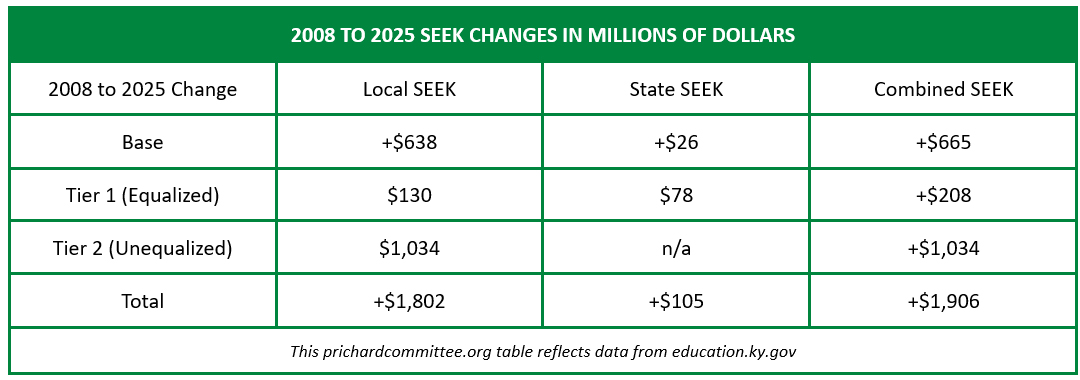This year marks a significant milestone for the Prichard Committee, as we gear up to utilize a $47 million grant awarded by the U.S. Department of Education. We will channel $30 million of this grant directly into the Kentucky education system through the implementation of full-service community schools, known as the Kentucky Community School Initiative, across 20 school districts.
This initiative will be driven by deep community engagement and comprehensive planning that aims to better coordinate existing community resources and develop new ones that have been proven to support student success. We are actively seeking 16 additional school districts to join us in this transformative mission for Kentucky education.
If you believe your school district would be a great fit for this initiative, we encourage you to continue reading this blog, check out the resources linked below, and fill out the interest survey to receive future information.
The initiative is built on an evidence-based model that has been shown to significantly improve educational outcomes. The research demonstrates that effectively implemented community schools result in improved student achievement, reduced dropout rates, higher college enrollment, and better overall health and well-being for students and families—especially in high-poverty schools.
The model is structured around four foundational pillars for student success and includes:
- Active family and community engagement
- Expanded and enriched learning times
- Integrated Supports
- Collaborative leadership and practices to support high-quality teaching
These pillars will be supported with an array of pipeline services shown to enhance student success, like early childhood programs and support for postsecondary and workforce readiness. For a more detailed understanding of the approach, we recommend reading the Prichard Committee KCSI brief.

The development of full-service community schools in 20 districts across Kentucky will be supported by a state steering committee and the University of Kentucky College of Education Center for Evaluation. Through this collaborative effort, we aim to contribute to the research literature on effective community-school models and scale promising approaches statewide. We believe that this initiative has the potential to be truly transformational, removing non-academic barriers to student success and ensuring improved outcomes for Kentucky’s young people.
We are grateful for the support of our partners, the Kentucky Department of Education, the Family Resource Youth Service Centers, and the UK Center for Evaluation. We encourage interested school districts to indicate their interest and follow the link to the interest form.
The first meeting of the Kentucky Community Schools Initiative Steering Committee will be held at the Groundswell Summit in Floyd County on June 14 and 15. The Summit will showcase the Great Schools Showcase, a platform for passionate educators and community members to share their innovative ideas for enhancing school performance. Additionally, we are honored to host distinguished speakers, including Vito J. Borrello, the first Executive Director for NAFSCE; Anne Henderson, Vice Chair of NAFSCE’s Board of Directors; and Dr. Donnie Ray Hale, Jr. Ed.D., Regional Deputy Director, Southern Regional TAC.
For more information, please reach out to Brooke Gill, Vice President & Director of the Collaborative for Families and Schools, at brooke.gill@prichardcommittee.org or Travis M. Marcum, Director of Kentucky Community Schools, at travis@prichardcommittee.org.












